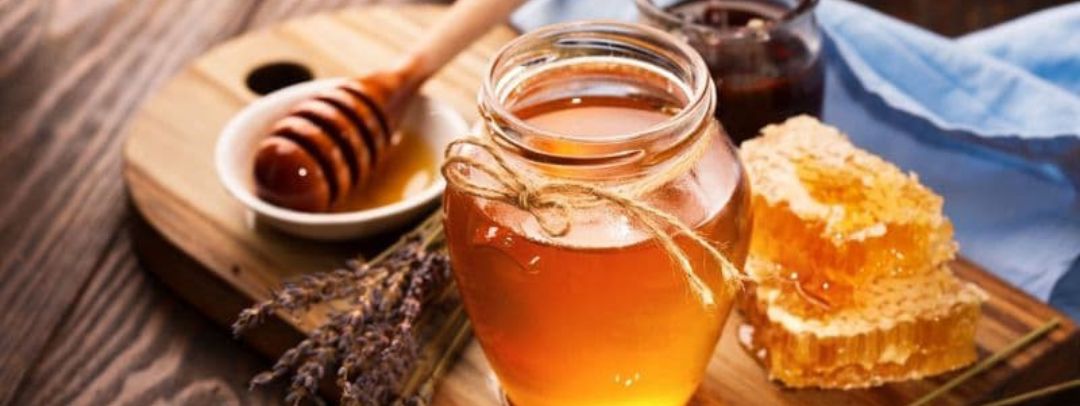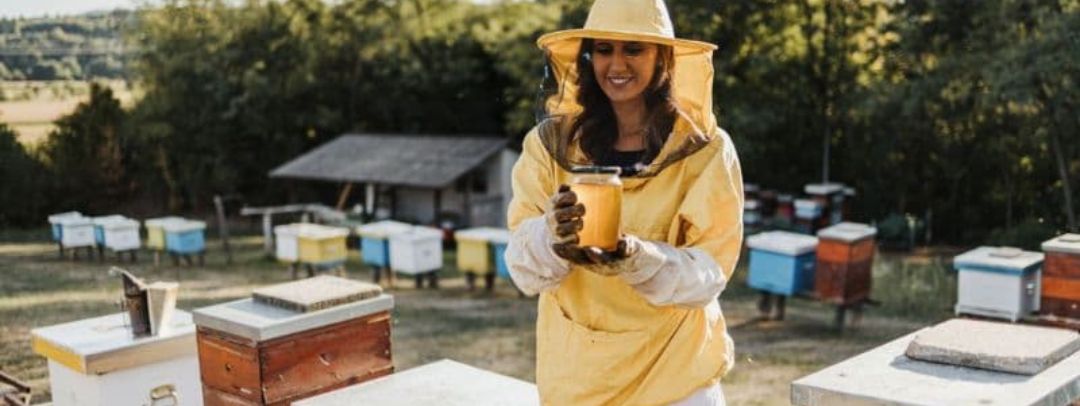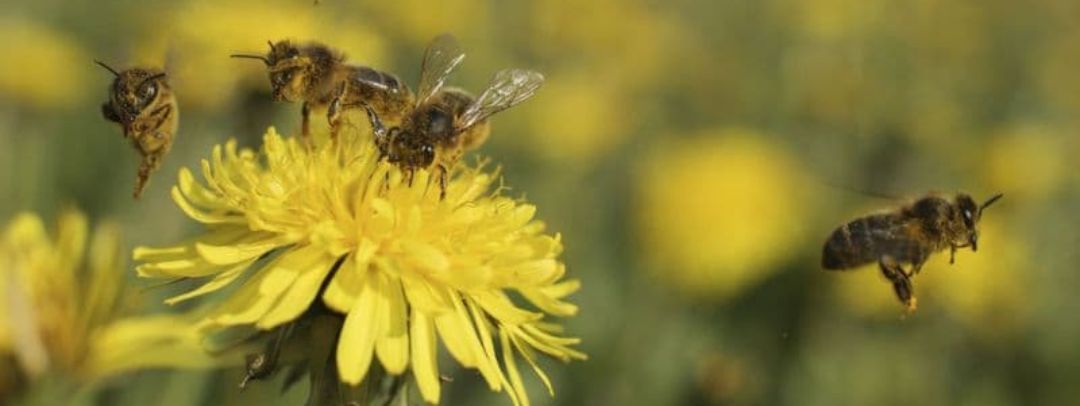Honey is collected through a very complex and elaborate artisan process. Therefore, this must be carried out by beekeepers who have a certain experience and knowledge.
Next, we show you what the honey harvesting process consists of, a fundamental part of the honey production.

Methods for collecting honey
There are two different methods that can be used to collect honey from the hive: the honeycomb and the extracted honey. Below we show you what each of them consists of.
Honeycomb method
When using the honeycomb method, the beekeeper collects the honeycomb filled with honey directly. That is, the honeycomb is obtained exactly as the bees have created it. Through this method, the entire honeycomb is used.
However, to carry out this method when collecting honey, a certain experience and handling with the honeycomb is needed. It is important to have a strong hive; as well as having quality nectar in the area, capable of supplying the bees well.
Thus, in the absence of knowledge, new beekeepers generally use the standard method to collect honey, before venturing into the honeycomb method.

Extracted honey method
This method is characterized by obtaining sealed honeycombs. This method has a series of steps:
- The beekeeper selects the mature combs, that is, those that are at the perfect point to be collected.
- The bees are then removed. To do this, the most common is to smoke them with elements such as fir leaves, to numb them and facilitate the work. This way, the bees will be confused and will not attack the beekeeper.
- Later, in order to collect the honey, it is important to insert the frames into a space inside, where you can work quietly and where the bees cannot access. In fact, one of the main failures of young beekeepers is that they do not have an area enabled inside where they can collect honey, so they usually do it outside and problems often arise.
- Once inside, the wax is removed from the frame. To do this, you can use a hot knife or any other similar tool that facilitates the collection of honey.
- The frames are then transferred to the honey extractor. Here, to facilitate the collection of honey, the power is gradually increased. Once all the honey has come out of one side of the mark, it is turned over and the honey is obtained from the other half.
- The beekeeper filters the honey and it is packed in hermetically sealed glass jars. Finally, this is stored until the moment of its sale or consumption.

When is honey harvested
The collection of honey is usually carried out mainly in the summer and autumn months, after flowering.
In the extracted honey method, the beekeeper decides the number of combs to be extracted. To do this, select the frames that contain plenty of honey and are sealed. In this way, the more sealed a frame is, the more honey we can find inside.
In the extracted honey method, the beekeeper decides the number of combs to be extracted. To do this, select the frames that contain plenty of honey and are sealed. In this way, the more sealed a frame is, the more honey we can find inside.
The honey will not be ready to collect if more than ¼ of the surface of the honeycomb is not sealed. If the honey is still collected, it would not have completed the full enzymatic biochemical process, and therefore, it will not be properly hydrated.
If the honey is collected ahead of time, it will not have the optimal flavor and texture of honey, but it would seem more like a watery syrup.



